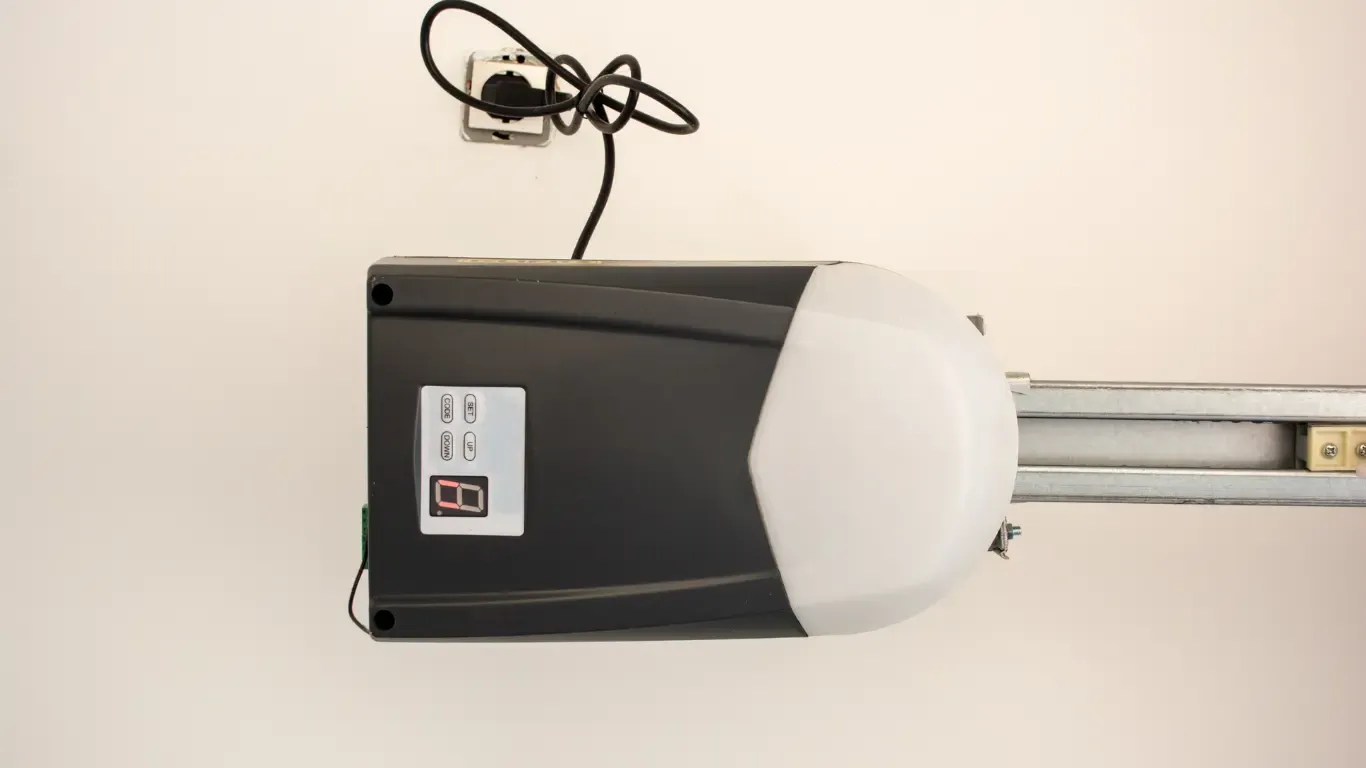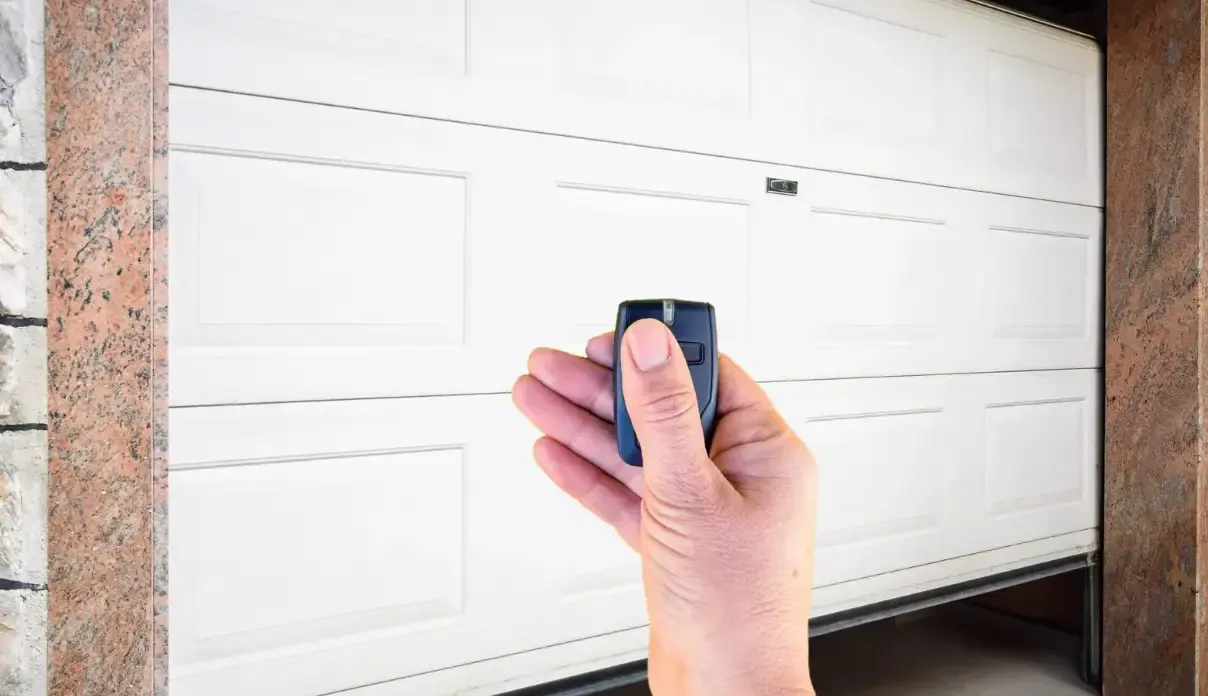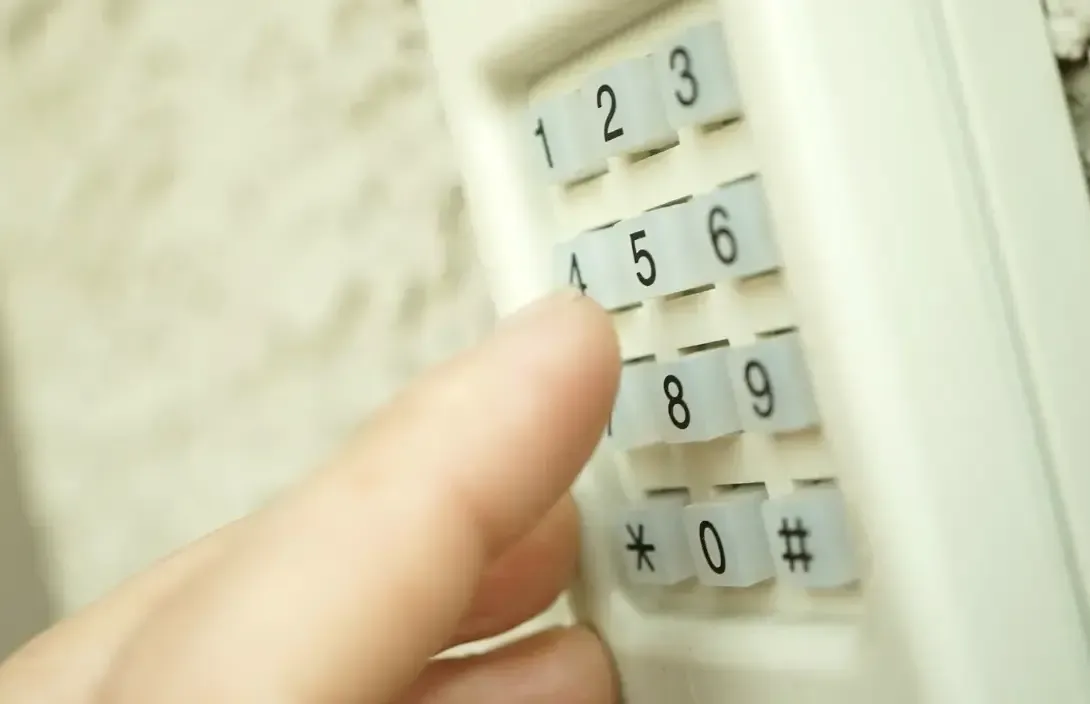How to Tell When to Replace Your Garage Door Sensor | Simple Replacement Tips
Published: Oct 11, 2024
Your garage door sensor is key to the safety and operation of your garage door. These little sensors, usually at the bottom of your garage door track, stop the door from closing if an obstacle is detected. However, sensors can wear out or break over time, compromising the operation and safety of your garage door.
Knowing when and how to replace your garage door sensor will save you time, money, and hassle. In this tutorial, we will go through the signs that your sensor needs to be replaced, such as inconsistent door performance and visible damage to the sensor. We will also give you clear step-by-step instructions on how to replace your garage door sensors so you can do this maintenance with confidence. Whether you’re a DIY enthusiast or just want to understand your garage door better, this post will give you the information you need to keep your garage door safe and running smoothly.
For professional garage door repair services, do not hesitate to call UAD. We are here at your convenience.
Signs Your Garage Door Sensor Needs Replacement
- Inconsistent door operation: If your door keeps reversing or won’t close all the way, faulty sensors are likely the cause.
- Blinking LED lights: Most sensors’ LED lights shouldn’t blink when properly aligned. Blinking lights mean there’s a problem.
- Physical damage: Visible cracks, dents, or water damage to sensor components can affect their functionality.
- Age: Sensors typically last 10-15 years. If yours are old, they may need to be replaced.
- Misalignment: If you must constantly realign your sensors, they may be worn out.
- The door closes too hard: This could mean the sensors aren’t recognizing obstacles properly.
- Unresponsive to obstacles. Place an object in the path of your sensors to test them. If the door doesn’t reverse, the sensors have failed.
Step-by-Step Guide to Replacing Your Garage Door Sensor


Summing up
You may also like


